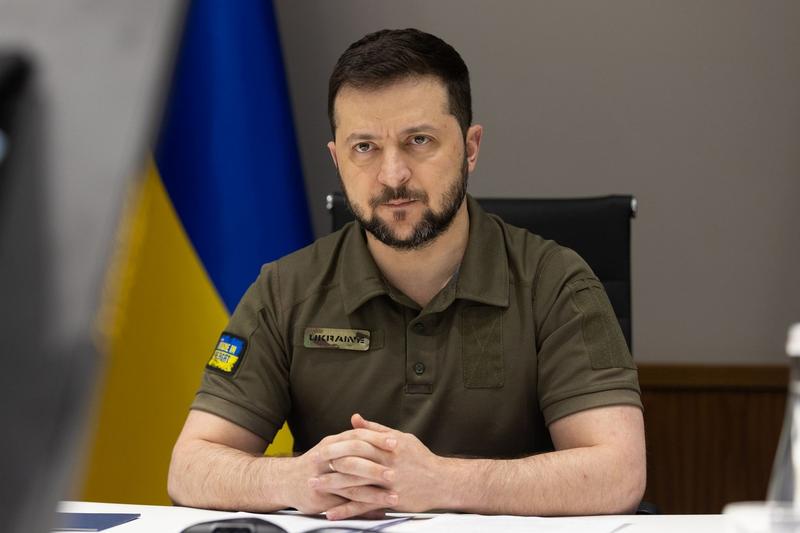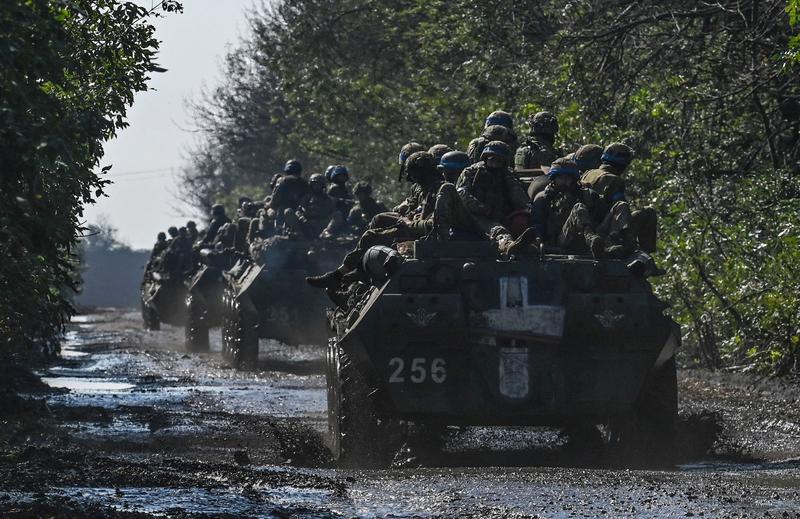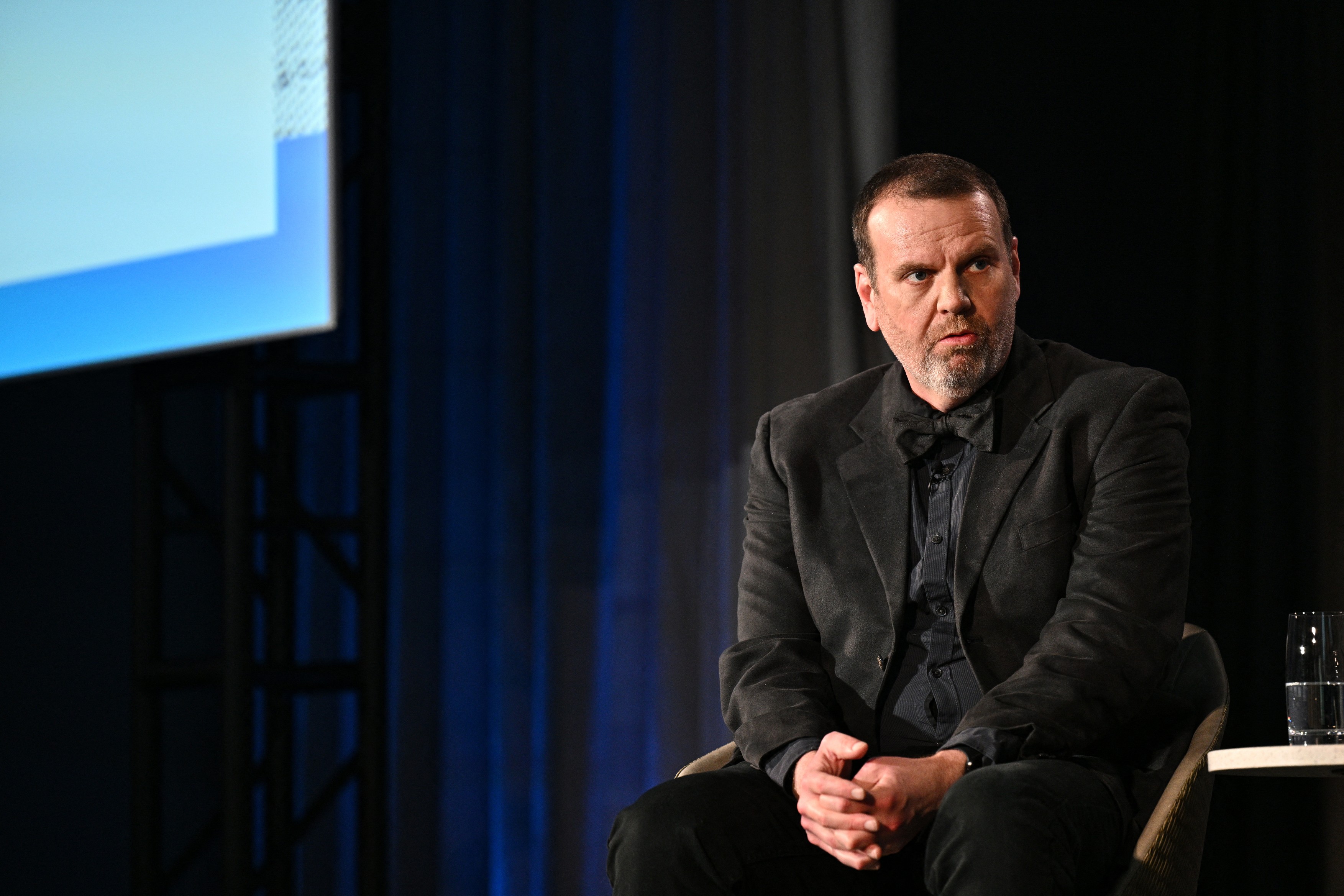
A long war will test the ability of the US and its European allies to continue to support Ukraine militarily and economically and to cope with the shortage of Russian gas, writes La Razon, which is quoted by Rador.
How can the war in Ukraine develop?
Since the invasion began on February 24, various political leaders and an army of international analysts have spoken about the development of the war launched by Vladimir Putin.
Today, observers broadly describe three possible scenarios:
- Russian military collapse,
- a nuclear attack that would change the dimension of war
- a frozen conflict of lower intensity but highly unstable.
The possibility of a negotiated peace disappeared from the government offices in both Russia and Ukraine.
Ukrainian President Volodymyr Zelenskyi signed a decree on Tuesday officially declaring the prospect of any talks between Kyiv and Kremlin leader Volodymyr Putin “impossible,” but leaving the door open for talks with Russia, Reuters reports.

Volodymyr Zelenskyi Photo: Presidency of Ukraine / Zuma Press / Profimedia
The option of Putin leaving power is one that few Western political leaders have considered. Months ago, United States President Joe Biden raised suspicions, saying that Putin “cannot continue to be in power.”
International observers interpreted that the head of the White House was hinting at a change of regime in Moscow. Biden corrected himself and said he did not want to make the message public. But there is a growing belief in Ukraine that the war can end only if Putin leaves the post of president.
The first scenario: Putin has been overthrown, there is a power struggle in the Kremlin
According to various analysts, sanctions against the Russian population and Putin’s partial mobilization to fight in Ukraine could be two impetuses for a possible uprising inside Russia, but the reality is that there are almost no signs of widespread discontent inside Russia.
Alexander Motil, a professor at the Rogers University in Newark (USA), gives a 50% probability that Putin will be overthrown and a power struggle will begin in the Kremlin by the end of 2022.
“It is likely that Russians will protest more and more, demonstrating and resorting to violence against the regime,” he explains to La Razon.

Oleksandr Motyl (recording on YouTube)
The second scenario
The second scenario is a return to the status quo before 2014 with the return of Crimea to Ukraine.
The third scenario:
The third is the capture and annexation of several regions of Ukraine by Russia and the creation of Great Russia.
The fourth scenario
The fourth scenario is the morale-technical collapse of the Russian military in Ukraine and withdrawal to the territory of Russia.
- Read also: Map of the latest battles in the Kherson region: the Ukrainian army is advancing on the entire eastern front, the occupiers assure that there is no cause for panic

Ukrainian military Photo: Juan BARRETO / AFP / Profimedia
The fifth scenario – some regions of Ukraine remain Russian, and other regions return to Ukraine.”
Experts consulted by Foreign Policy believe that a Russian military collapse is more likely.
Although Russia still has a large military arsenal and may require full mobilization of the population, a cornered and nuclear-armed Russia with an ill-prepared and ill-equipped military could do great damage to the entire world through a possible nuclear or chemical attack. , according to Jack Deutch, the Pentagon’s foreign policy correspondent.
Tactical nuclear weapons
In recent days, the version about the possible use of nuclear weapons in Ukraine has gained strength. Putin is “showing off now,” Prague-based military analyst Yuri Fedorov told Reuters.
“We have not seen any signs or activity that would lead us to believe that this is anything out of the ordinary. We have not seen any activity that would go beyond the scope of activities carried out by these elements of the Russian strategic forces,” the official, who wished to remain anonymous, told reporters.
“But what will happen in a week or a month, it’s hard to say when he will realize that the war is lost,” he says.
- Read also: “No signs of unusual activity of Russian nuclear forces” – a Western official / What the Kremlin says about “nuclear rhetoric”

An intercontinental ballistic missile on parade on Red Square in Moscow Photo: Yuriy Kadobnov / AFP / Profimedia Images
While no Russian official has spoken about the possibility of using nuclear weapons, the Kremlin has several options, such as dropping tactical nuclear weapons from aircraft or launching missiles from land, ships or submarines.
Tactical nuclear weapons are those that are used on the battlefield for a “tactical” purpose and do not have the destructive potential of large nuclear bombs capable of destroying entire cities and plunging the world into an apocalyptic nightmare.
How many nuclear weapons do Russia and the US have?
According to the Federation of American Scientists, Russia is the largest nuclear power in the world in terms of the number of nuclear warheads: it has 5,977 nuclear warheads, while the United States has 5,428.
These numbers include stockpiled and scrapped warheads, but both Moscow and Washington have enough firepower to destroy the world many times over.
According to the most recently released figures, Russia has 1,458 deployed or ready-to-fire strategic nuclear warheads, while the United States has 1,389 deployed warheads. These warheads are on ICBMs, submarine-launched ballistic missiles, and strategic bombers.
Russia has approximately 10 times more tactical nuclear weapons than the United States. About half of America’s 200 tactical nuclear weapons are based in Europe.
US tactical nuclear weapons range in yield from 0.3 to 170 kilotons (the atomic bomb dropped on Hiroshima was equivalent to about 15 kilotons of dynamite).
- Read also: “We would withdraw all Russian troops from Ukraine and all their ships from the Black Sea.” The American general told how NATO will respond if Putin uses nuclear weapons
Russia’s nuclear potential may be a myth, just like the Russian military – a military expert
Russia has long been in crisis, and maintaining nuclear weapons requires a lot of money, upgrades, and periodic testing. Therefore, there are suspicions that the Russian nuclear potential is actually a myth, similar to the one concerning the Russian armed forces, – believes Ukrainian colonel Viktor Kevlyuk, an expert of the Center for Defense Strategies in Kyiv.
In an interview with the RBC-Ukraine agency, the expert recalled the agreement concluded in the early 1990s between Russia and the USA (Program from megatons to megawatts, No.
Then the Russian Federation undertook to give up a significant part of its nuclear potential, and the USA to purchase low-enriched uranium, in order to later convert it into fuel for its nuclear power plants.
“Does Russia still have nuclear weapons that are functional and ready for use? There are opinions that everything that was more or less ready for combat was bought, made safe and used to generate electricity…” he explained. Kevlyuk
Another likely development is a protracted, low-intensity conflict
“Russia is stoking a frozen conflict for a while until it has a chance to rekindle,” Dara Masikot, a senior policy researcher at the Rand Corporation, told Foreign Policy.
A frozen conflict would test the patience of the US and its European allies, who would have to continue providing military and economic support to an increasingly impoverished Ukraine while Europe learns to cope with the consequences of a lack of Russian gas.

Robert Farley Photo: John Cherry / Getty images / Profimedia
The persistent resistance of Ukrainian troops and the arrival of a large number of increasingly advanced weapons from the United States to Kyiv are two factors that determine the course of the war, assures analyst Robert Farley for LA RAZÓN:
“It seems that the Russians have well assessed Ukraine’s ability to conduct mobile warfare and its ability to exploit the weaknesses of the Russian position. There are also signs that Russian forces (and local militias) are demoralized and unwilling to fight from a disadvantageous position.”
Be that as it may, Putin has taken direct control of some military decisions, American media reports.
The New York Times recently revealed that the Kremlin leader preferred to sacrifice troops to buy time, rejecting requests from his command to withdraw 20,000 soldiers trapped on the west bank of the Dnieper.
This decision put thousands of soldiers at risk of death, desertion and surrender to the Ukrainian army.
“It was a useful sacrifice for Putin to convey the image that his army, while clearly not advancing, is surviving in Ukraine,” writes Herman Pirchner, founding president of the US Foreign Policy Council.
sources: Reasonably,Foreign Policy, Reuters, Rador, New York Times, RBC-Ukraine
————–
Information about the war in Ukraine for Thursday LIVE on Hotnews.ro
Source: Hot News RU
James Springer is a renowned author and opinion writer, known for his bold and thought-provoking articles on a wide range of topics. He currently works as a writer at 247 news reel, where he uses his unique voice and sharp wit to offer fresh perspectives on current events. His articles are widely read and shared and has earned him a reputation as a talented and insightful writer.